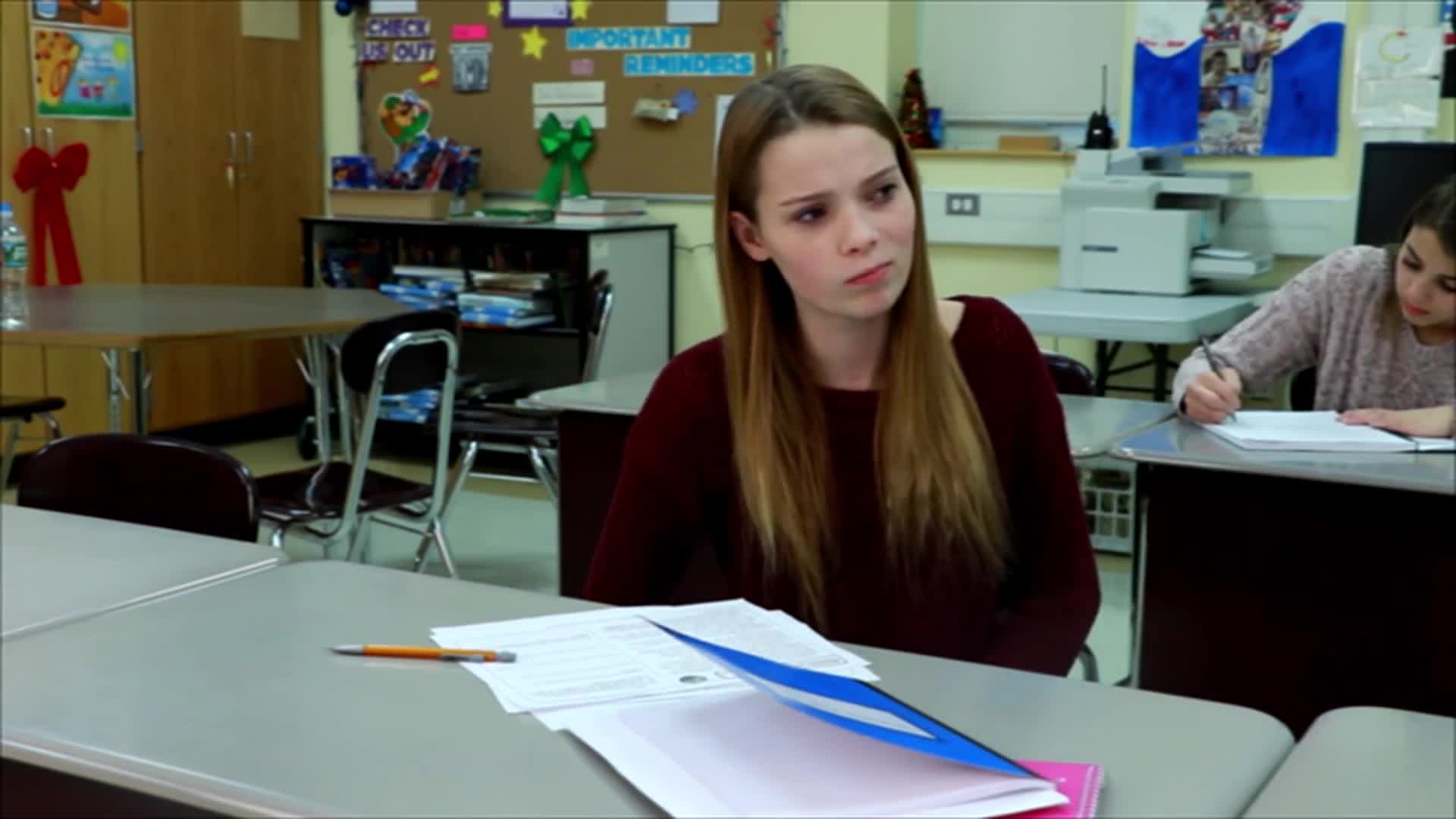Introduction
Problem-solving is an essential skill for students in Special Education, as it helps them navigate through various challenges in everyday life. The Solve It game is an engaging and interactive way to teach problem-solving skills by guiding students through a step-by-step process. In this blog post, we will explore the Solve It game, a no-prep activity that requires no materials or preparation from the educator, discussion questions to stimulate further learning, related skills, and next steps to continue building problem-solving abilities.
No-Prep Activity: The Solve It Game
The Solve It game is an activity that can be easily implemented in the classroom without any preparation or materials. The game focuses on helping students identify problems, assess their size, brainstorm possible solutions, choose a solution, and evaluate its effectiveness. Here’s a brief overview of the steps involved in the game:
- Identify the problem
- Figure out how big the problem is
- Think of possible solutions to the problem
- Pick a solution
- Try that solution and then reassess it
- How did it work? If the solution works, the problem is solved! If not, try again.
Throughout the game, students are encouraged to stop and discuss how they are feeling. This helps them connect their emotions to the problem-solving process and fosters self-awareness and empathy.
Discussion Questions
After playing the Solve It game, engage students in a conversation with these discussion questions:
- How did you feel when you were trying to solve the problem? Were you frustrated or calm? Why?
- What strategies did you use to come up with possible solutions? How effective were they?
- How did you decide which solution to try? What factors influenced your decision?
- What did you learn from the solution that didn’t work? How can you apply that knowledge to future problems?
- How can you use the problem-solving steps from the Solve It game in your everyday life?
Related Skills
Teaching problem-solving skills through the Solve It game also helps students develop other essential skills, such as:
- Decision-making: Students learn to weigh the pros and cons of different solutions and make informed choices.
- Communication: Discussing problems and solutions with peers enhances students’ ability to express their thoughts and listen to others.
- Collaboration: Working together to solve problems fosters teamwork and cooperation among students.
- Resilience: By learning to overcome obstacles and adapt to different situations, students build resilience and perseverance.
Next Steps
Now that you have an understanding of the Solve It game and its benefits for teaching problem-solving skills, consider incorporating it into your curriculum. To access free samples of this skill and others, sign up at Everyday Speech. Explore various resources and materials designed to support Special Education students in their learning journey and help them develop essential life skills.






